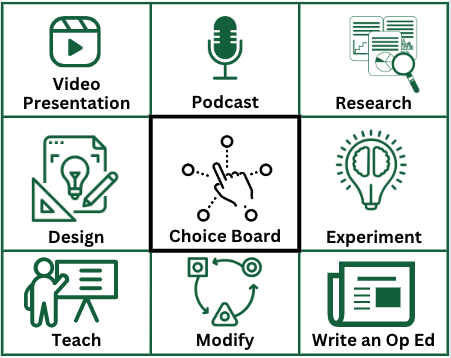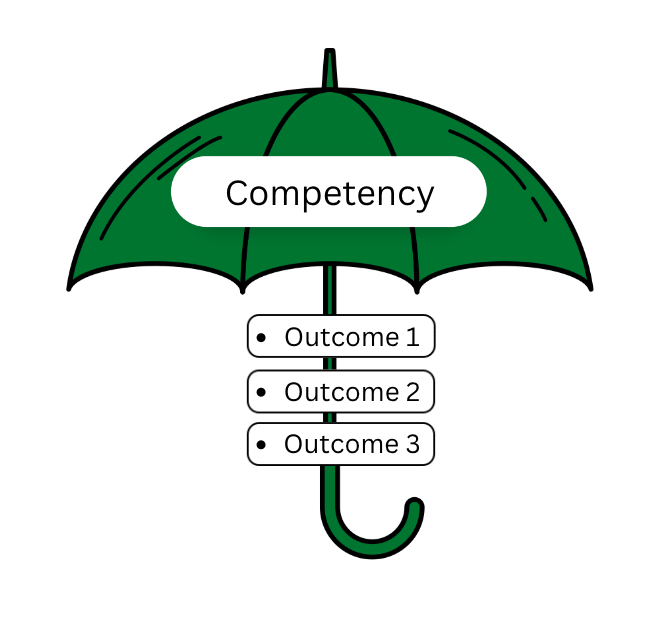SDG 10 Reduced Inequalities – Embedding the Sustainable Development Goals in Learning
This blog post is part of a series around the 17 Sustainable Development Goals (SDGs). Each post will dive into one of the goals and how we as educators can strive to embed these into our own courses. It is in the author’s opinion that any course or class can connect with one of the 17 goals or 169 sub-targets. By providing this blog post series, we hope to elicit some ideas of how you might also integrate a global goal into your teaching. Please refer to the USask SDG Teaching & Learning Workbook, review the USask Sustainability in the Curricula website, or scroll down for more information about the SDGs.
![]() SDG 10 aims to promote all aspects of identity, including but not limited to age, sex, ability, race, ethnicity, origin, religion and socio-economic status. In many ways, our identity can impact our income, along with our political, social and economic participation in daily life. Goal 10 is all about reducing these inequalities to encourage prosperity and income growth within and between countries. We can achieve this by making sure our attitudes, policies and behaviours ensure equal opportunities, respect for human rights and inclusivity.
SDG 10 aims to promote all aspects of identity, including but not limited to age, sex, ability, race, ethnicity, origin, religion and socio-economic status. In many ways, our identity can impact our income, along with our political, social and economic participation in daily life. Goal 10 is all about reducing these inequalities to encourage prosperity and income growth within and between countries. We can achieve this by making sure our attitudes, policies and behaviours ensure equal opportunities, respect for human rights and inclusivity.
You might also be able to align your teaching to this SDG if you want your students to be able to:
- Recognize inequality, how to measure it, and its interrelation with other social problems.
- Analyze the local, national and international processes that promote and hinder equality, such as fiscal, wage and social protection policies or corporate activities.
- Investigate inequalities in their community and abroad.
- Evaluate inequalities in terms of quality and quantity, while identifying causes and strategies to reduce them.
Paulo Freire, author of Pedagogy of the Oppressed, argues that only the oppressed can lead their liberation. Education can be oppressing or liberating. Educators can be oppressors and liberators. Consider how you enable students to reflect, share, and act based on their identities or which identities may be oppressing others. Help students utilize knowledge independently through their own problem posing/solving and decision-making. Freire believed that reducing the power and decision-making distance between teacher and learner would result in revolutionary change – this is also what the SDGs help us strive towards.
Some curricular connections and questions for students might be:
| Media
How does the media report on inequalities? |
Oppression and genocide
What are some examples of genocide that resulted from or have led to inequalities? |
| Environment
How does environmental degradation unequally impact people or countries? |
Gender politics
How has feminism addressed inequalities of gender? What can be done in the future to address current gender inequalities? |
| Poverty, wealth and power
What are some contributors to the poverty cycle in your local community? How can we balance inequalities of power between nations? |
Social justice and human rights
What are some historical events of inequality that have led to advances in social justice and human rights? How can we take action on social justice issues today? |
| Indigenous Peoples
How do Indigenous individuals and communities experience inequality and what is being done to address it? |
Health and biotechnology
How is biotechnology addressing inequalities in health? What are the barriers to implementing these programs? |
| Peace and conflict
How do inequalities result in conflict? How have people overcome these conflicts to address peace and equality? |
WHAT ARE THE SUSTAINABLE DEVELOPMENT GOALS?
The 17 Sustainable Development Goals — also known as the SDGs or the Global Goals —came into effect on January 1, 2016 following an historic United Nations Summit in September 2015. 193 governments from around the world agreed to implement the Goals within their own countries in order to achieve the 2030 Agenda for Sustainable Development. Over the next fifteen years, with these new Goals that universally apply to all, countries will mobilize efforts to end all forms of poverty, fight inequalities and tackle climate change, while ensuring that no one is left behind.
These new, interconnected goals build on the successes of the Millennium Development Goals, or MDGs, while also identifying new priority areas such as climate change, economic inequality, innovation, sustainable consumption, peace and justice, among others.
Although each country faces specific challenges in pursuit of sustainable development, special attention is given to the most vulnerable countries, in particular, African countries, less developed countries, landlocked countries and small island developing states. There are also serious challenges within many middle-income countries.
For each of the 17 goals, there is a list of specific targets we aim to reach. The targets discussed in this guide have been summarized for ease of reading. For a more detailed list of all the 169 targets, visit GlobalGoals.org.
This content has been adapted from the original by the Gwenna Moss Centre for Teaching and Learning and the University of Saskatchewan from the Manitoba Council for International Cooperation. Users are free to download, copy, print and share this resource as needed, and adapt for their classroom or non-commercial use.
If you adapt or build on this work, please let MCIC or USask know! gmctl@usask.ca
Sustainable Foundations: A Guide for Teaching the Sustainable Development Goals by the Manitoba Council for International Cooperation is licensed under CC BY-NC-SA 4.0. To view a copy of this license, visit https://creativecommons.org/licenses/by-nc-sa/4.0
Original document http://mcic.ca/uploads/public/files-sf/SF-Full-FINAL-WEB-ISBN-2021-EN.pdf


